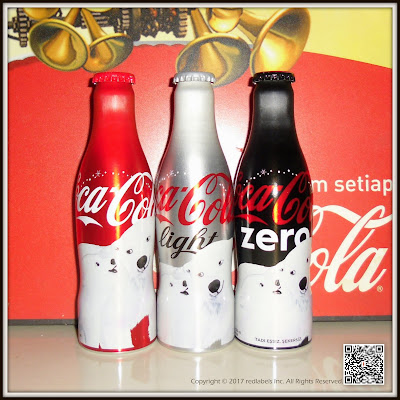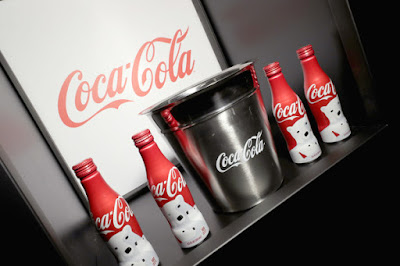
Saturday, January 21, 2017
Saturday, January 7, 2017
Coca-Cola Changgyeong Palace Aluminum Bottle Korea 2016
Changgyeong Palace is a palace located in Seoul, South Korea.
The palace was built in the mid-15th century by King Sejong for his father, Taejong. It was originally named "Suganggung," but it was renovated and enlarged in 1483 by King Seongjong, at which time it received its current name. Many structures were destroyed during Japan's multiple late 16th century attempts to conquer Korea and invade China. It was rebuilt by successive Joseon Kings but was once again largely destroyed by the Japanese in the early 20th century, but this time torn down methodically to make room for a modern park, a showplace for the empire, akin to Tokyo's Ueno Park.
During the Japanese colonial period, the Japanese built a zoo, botanical garden, and museum on the site. After independence in 1945 and the turmoil and destruction of the 1950-53 Korean War, the zoo was restocked through donations of wealthy Korean and gifts from foreign zoos. In 1983 the zoo and botanical garden were relocated to what is today known as Seoul Land.
Sunday, January 1, 2017
Coca-Cola Christmas Aluminum Bottle USA 2016
Z100's artist gift lounge during Jingle Ball 2016 at Madison Square Garden on December 9, 2016 in New York City.
The iconic Coca-Cola polar bears are back on holiday packaging for the first time in three years with a bold, simplistic interpretation from noted illustrator Noma Bar.
Coke’s global and North America design teams collaborated with Coca-Cola Mexico to refresh the seasonal icons, who debuted in a 1993 Coca-Cola commercial titled “Northern Lights” and subsequently took on a more realistic look over the years due to advances in computer generated imagery (CGI) technology.
“This year, we wanted to keep the same look and personality while creating a more graphic illustration style that would be easy to print around the world,” said Frederic Kahn, design director, Coca-Cola. “We also wanted to embed signature Coca-Cola elements so the Coca-Cola polar bears could immediately be recognizable as our asset.”
The teams briefed Noma Bar, who had previously designed a limited-edition set of Coca-Cola Marvel mini cans and iconography for the “Share a Coke and a Song” campaign and, most recently, Fanta Halloween packaging. The artist known for his signature use of negative space and color explored ways to discover Coke design iconography embedded within the illustrations, while keeping the overall look and shape of the bears consistent with past illustrations.
“If you look closely at the bears, you will see bottle caps used for their eyes, where the edge of the angled bottle cap becomes eyelashes, and bottle shaped reflections on their noses,” Kahn said. “When the bears are seen from the side, several have Coca-Cola dynamic ribbons as mouths, and we have some bears holding and drinking Coca-Cola from the contour bottle. The illustrations feel fresh and playful and capture special holiday moments of family togetherness.”
On multi-packs, the bears are framed within the Red Disc, which unifies the look across Coca-Cola, Coca-Cola Life, Coca-Cola Zero and Diet Coke. The limited-edition packaging is currently available in countries around the world as part of Coke’s 2016 holiday campaign, which also includes a TV commercial and outdoor ads featuring new “Taste the Feeling” photography.
Polar Bears sketch
“When I started to sketch a group of polar bears, I realized that I was not just drawing bears, but landscapes as well,” Noma Bar explained via email. “So I treated them as curvy snowy landscapes… in some places the silver curves create a Coca-Cola bottle.”
He continues, “The bottle motif repeats in many places… when you look closer, you can discover that the highlight of the bear’s nose is a drawing of a tiny Coke bottle. And the eyes are made with Coke crowns. Bending and flipping the crown allowed the bear to be more expressive and even helped me to define the bear’s gender.”
Direct-to-talent collaborations with the world’s foremost creatives are part of the model Coca-Cola Design is creating. “While design agencies are still very much part of our portfolio and ecosystem, there is also something unique about working directly with specialist talent like Noma, who can bring an expertise to the table that traditional agencies may not be staffed up for,” explains James Sommerville, vice president of global design at Coca-Cola.
Subscribe to:
Posts (Atom)



































